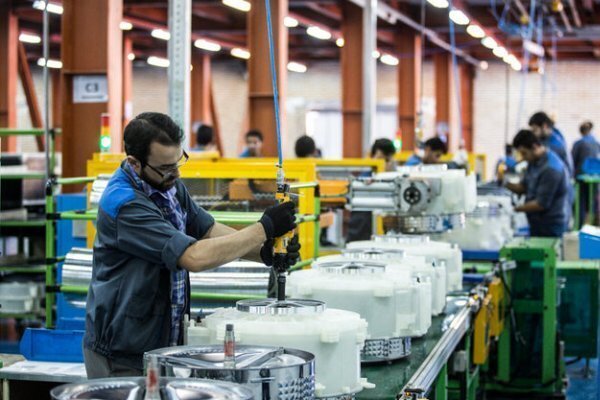INSUBCONTINENT EXCLUSIVE:
TEHRAN - Barekat Charity Foundation, affiliated with the Headquarters for Executing the Order of the Imam, is planning to create 400,000
jobs in the current Iranian calendar year that ends on March 20, 2024.Last year, Barekat Foundation invested nearly 82 trillion rials (some
$165 million) in the field of employment leading to the creation of about 300,000 jobs, IRNA quoted Mohammad Torkamaneh, the CEO of the
53,000 development projects have been implemented in deprived areas across the country by the Foundation.Starting or completing a total of
58,000 projects in rural and underprivileged regions is on the agenda, he added.The projects include building schools, hospitals, libraries,
laboratories, mosques, emergency medical centers, bridges, roads, and water supply networks, he noted.The Foundation pursues the
implementation and completion of health and treatment projects in deprived and rural areas of the country with the aim of economic and
social empowerment, improving health and hygiene indicators, and providing medical services to the people of deprived and less developed
areas.Headquarters for Executing the Order of the Imam was founded in 1989
In the Iranian calendar year, 1386 (March 2007-March 2008) Barekat Charity Foundation- the social arm of the organization- with the aim of
promoting social justice was established.Socio-economic empowerment of communities by encouraging entrepreneurship prioritizing breadwinner
women, developing infrastructures such as water supply and power grids, building roads, constructing schools and increasing educational
spaces, promoting health for all, and granting non-repayable loans and insurance, especially in less developed areas and regions most
affected by 1980s war and natural disasters are of the priorities of the charity foundation.A total of 31 trillion rials (nearly $62
million) for the eradication of deprivation in rural areas has been approved by the Majlis (Iranian Parliament) in the budget bill for the
current Iranian calendar year (March 2022-March 2023).The comprehensive development plans aim to develop rural areas in line with cultural,
economic, and social conditions, as well as housing provision for the rural residents and improving environmental services.There are around
40,000 villages in the country with more than 20 households, for all of which comprehensive development plans have been approved every 10
years.Currently, 26 percent of the country's population lives in villages, around 39,000 villages have more than 20 households and 23,000
villages have less than 20 households.Thus, more than 97 percent of the country's rural population lives in villages with over 20,000
households.In Iran, where villages account for generating 20-23 percent of the value-added in the country, the development of rural areas
support villagers and slow down the trend of migration from rural areas to cities.Rural tourism, agritourism, religious tourism, and
ecotourism are alternatives or complementary economic activities that could further stimulate rural development while decreasing rural
community dependency on one main economic sector (agriculture, forestry, energy, or mining).A total of 7,509 development projects came
onstream in villages across the country by rural administrations.The projects were inaugurated on the occasion of the victory anniversary of
the Islamic Revolution (February 1-11), IRNA reported.Some 36 trillion rials (about $72 million) were spent on the development projects.The
largest number of projects were related to the improvement of rural roads with 5786 projects, equivalent to 77 percent of all
projects.Creating parks and green spaces, establishing firefighting stations, as well as sports and cultural places were also among the
major projects.More than 37,300 rural administration offices are operating in the country, offering services to about 95 percent of the

